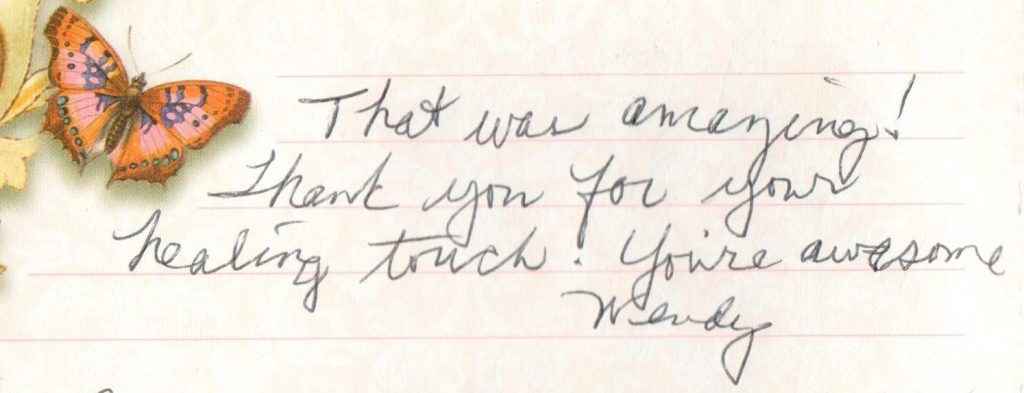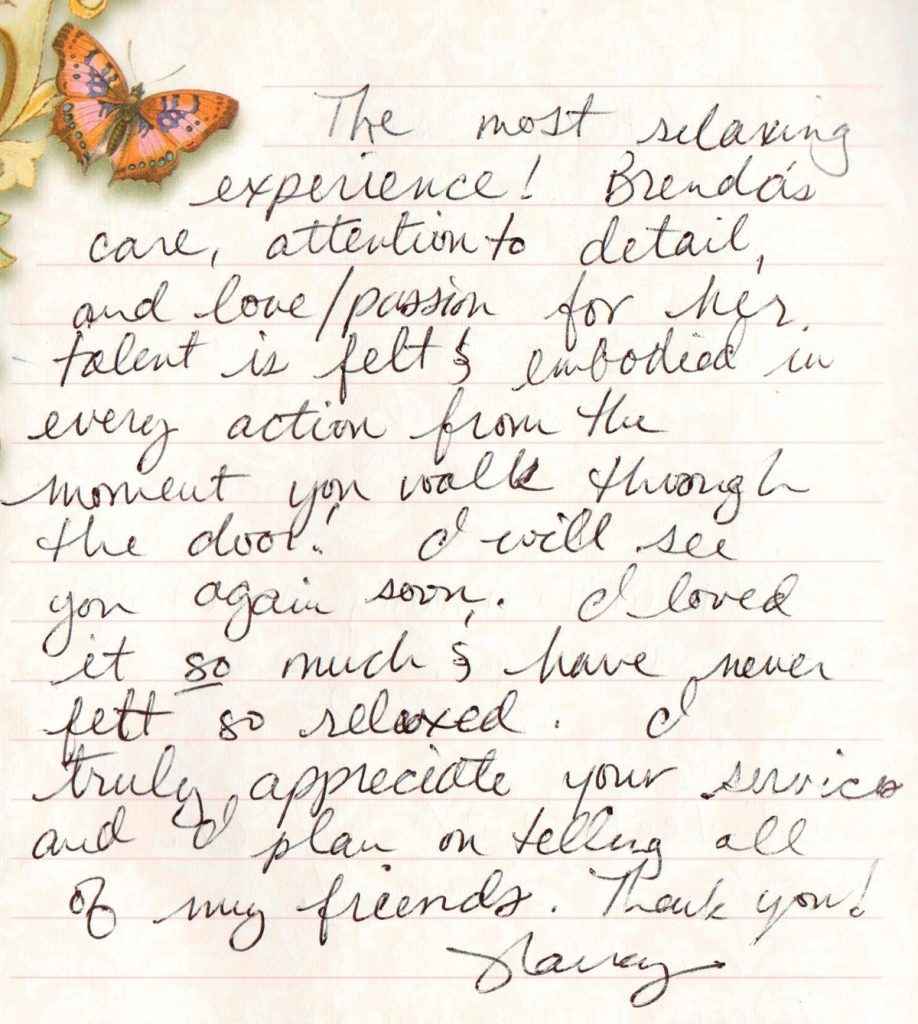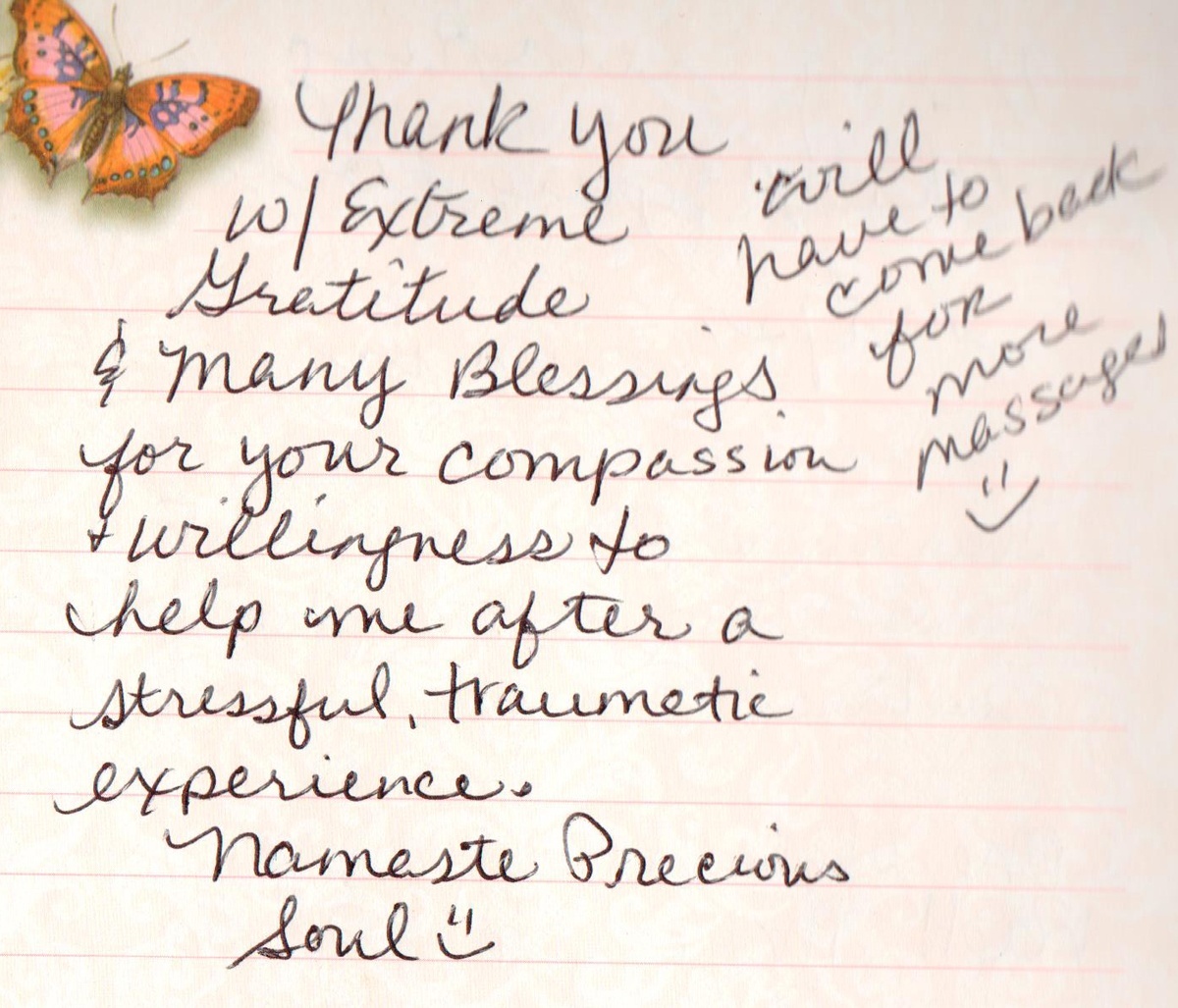Tip 2 – Your Neck Wasn’t Meant for This
The bane and boon of the digital workday is that our 40+ hours a week on the job revolve around sitting tethered to a computer keyboard and screen.
This is a series of condensed tips for the desk-bound to eliminate pain and stiffness of the neck, shoulders and low back.
It’s a small thing. You can’t see the text or image clearly on a screen – computer, phone or TV – so you strain forward a bit.
But, how many times do you do this?…small things repeated multiple times a day lead to long-term change. We’ve all developed habits this way.
Do we always know what our habits will lead to? Nope. This is my attempt to help you understand the consequences of straining your head and neck forward consistently.
What does this small act do?
Similar to slouching, jutting the head forward shifts the load on the spine. Even a slight 15-degree change adds about 27 lbs of leveraged weight on the bones and discs of the neck. The surrounding supportive muscles and tendons are then forced to improvise in an effort to handle this unnatural position and pressure.
Think of a circular tent. The bones of your spine form the central tent pole. The muscles and tendons are the support ropes. The tension of all the ropes needs to be equal. If you slacken or tighten any of the ropes, the tent pole leans off-balance and the tent is in danger of collapse. A constant, tense vigil would be needed to try to keep the tent stable. This is also how the body works…to prevent us falling over.
What are the consequences of this unstable situation?
- Dull, aching pain in the neck
- Sharp pain when turning your head
- Muscle spasms
- Difficult or painful chewing or swallowing
- Shallow, upper chest breathing
- Tight chest muscles
- Dizziness
- Ear pain
- Jaw pain
- Tension headache
How can you get rid of or prevent these symptoms?
As well as the 9-step checklist in the first part of this series Do You Slouch taking these specific steps will help:
- Keep your head centered over your body as much as possible to minimize the pressure on your spine.
- Get your eyes checked. Your vision might have changed.
- Practice the description below of these 4 movements:
Chin Tuck
a) Sit up straight, chin parallel to the floor with your ears centered above your shoulders.
b) Place the fingertips of one hand lightly against your chin, palm facing toward you.
c) Without moving your hand, pull your chin and head straight back as far as you can.
d) Hold this position for 5 seconds if you can.
e) Allow your chin to return to the original position against your fingertips.
f) Repeat this 10 times if possible.
If you cannot manage the 5 seconds or 10 times at the beginning, just make this your goal. As you get used to the movement, you won’t need to hold up your hand.
Neck Rotations
a) Sit up straight, chin parallel to the floor with your ears centered above your shoulders.
b) Keep your shoulders relaxed and dropped down throughout this movement.
c) Exhale fully and allow your lungs to inhale naturally.
d) Exhale while turning your head to look over your right shoulder.
e) Inhale while returning your head to center.
f) Exhale while turning your head to look over your left shoulder.
g) Inhale while returning your head to center.
Repeat this sequence of looking over each shoulder 10 times.
Head Tilts
a) Sit up straight, chin parallel to the floor with your ears centered above your shoulders.
b) Keep your shoulders relaxed and dropped down throughout this movement.
c) Exhale fully and allow your lungs to inhale naturally.
d) Exhale as you slowly allow your right ear to drop down toward your right shoulder.
e) Take a few easy breaths, allowing gravity to pull your head a little further down.
f) Inhale and return to center.
g) Exhale as you slowly allow your left ear to drop down toward your left shoulder.
h) Take a few easy breaths, allowing gravity to pull your head a little further down.
i) Inhale and return to center.
Repeat this sequence of bringing your ear toward your shoulder on each side 10 times.
As your head tilts to the side, you will feel a stretch on the opposite side of your neck. If it hurts, come back slightly toward the upright position and hold that with the easy breathing.
Do not try to force the stretch and tolerate the pain. Discomfort is normal in tight tissues but pain is not only unnecessary. It is counter-productive.
As you practice this movement, the stretch will become less painful and you’ll be able to go further with it more comfortably.
Shoulder Retraction
a) Sit up straight, chin parallel to the floor with your ears centered above your shoulders.
b) Exhale fully and allow your lungs to inhale naturally.
c) Exhale, drop your shoulders, draw your shoulder blades together in the back.
Be careful not to puff your chest out while doing this. Keep your back straight.
Repeat 5 times.
Practice any or all of these movements several times throughout your day when you’re taking a break to eat, stretch your legs or give your eyes a rest.
Don’t let a computer screen control your health
If you ignore the need to get your posture right and have a computer screen positioned so that you can easily read it, you will pay the piper.
We are definitely creatures of habit. The differences in the quality of our days lies within the habits we choose to develop.













0 Comments